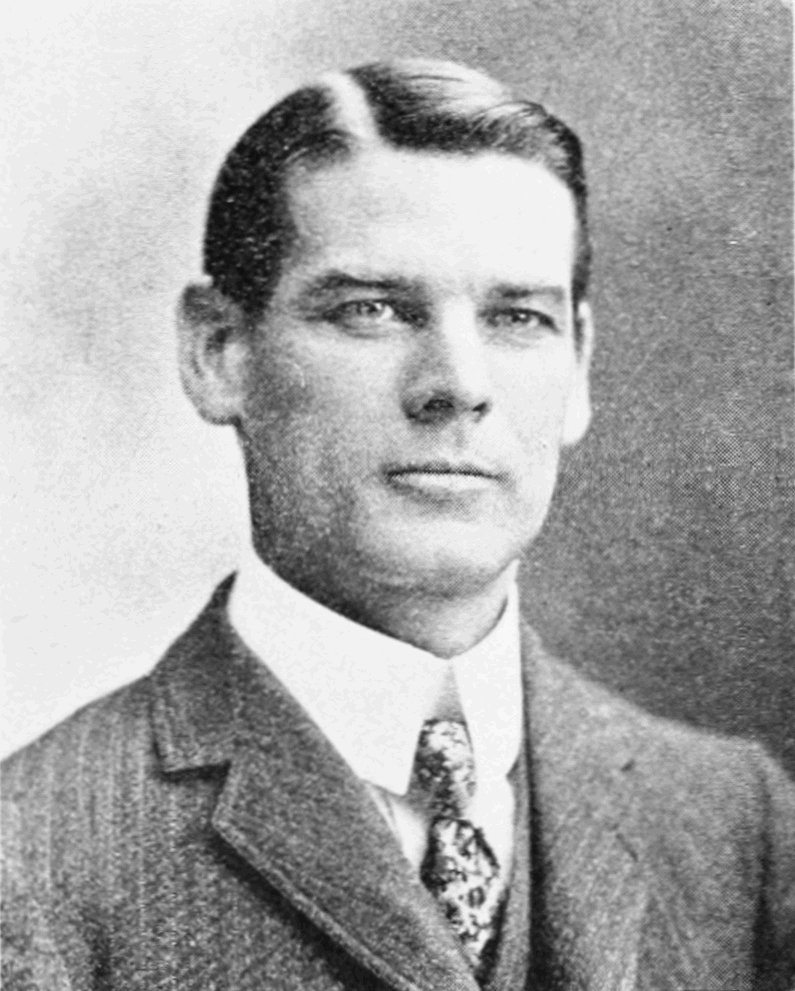Charles Judson Herrick on:
[Wikipedia]
[Google]
[Amazon]
 Charles Judson Herrick (6 October 1868 – 29 January 1960) was an American
Charles Judson Herrick (6 October 1868 – 29 January 1960) was an American
The thinking machine
(1960)
The evolution of human nature
(1956)
The brain of the tiger salamander, Ambystoma tigrinum
(1948)
Fatalism or freedom; a biologist's answer
(1926)
Neurological foundations of animal behavior
(1924)
A Laboratory outline of neurology
(1918) (with Elizabeth Caroline Crosby)
An introduction to neurology
(1918) {{DEFAULTSORT:Herrick, Charles Judson American neuroscientists 1868 births 1960 deaths University of Cincinnati alumni
 Charles Judson Herrick (6 October 1868 – 29 January 1960) was an American
Charles Judson Herrick (6 October 1868 – 29 January 1960) was an American neurobiologist
A neuroscientist (or neurobiologist) is a scientist who has specialised knowledge in neuroscience, a branch of biology that deals with the physiology, biochemistry, psychology, anatomy and molecular biology of neurons, neural circuits, and glial c ...
who made comparative studies across vertebrate neural systems. Along with his brother Clarence Luther, he was a founding editor of the ''Journal of Comparative Neurology''. He published several popular books including the ''Neurological Foundations of Animal Behavior'' (1924), ''The Brain of Rats and Men'' (1926), and ''The Thinking Machine'' (1928).
Herrick came from an English family that came to Massachusetts in 1628. Charles was born to Nathan, a Baptist pastor, and Anna Strickler in Minneapolis. Along with his brother Clarence he spent his early life collecting plants and obtained a BS in science from the University of Cincinnati in 1891. Shortly after, he married Mary Elizabeth Talbot, daughter of a retired president of Denison University
Denison University is a private liberal arts college in Granville, Ohio. One of the earliest colleges established in the former Northwest Territory, Denison University was founded in 1831. The college was first called the Granville Literary and ...
. He then joined Denison University for a master's degree while his brother Clarence became a professor there but had to resign due to tuberculosis. Clarence had begun a ''Journal of Comparative Neurology'' which was managed by Charles during his brother's ill-health. In 1896 he went to Columbia University and worked for a PhD, studying the cranial nerves of bony fish and returned to Denison in 1898 to become a professor. He became a specialist on the amphibian brain and published ''The Brain of the Tiger Salamander'' in 1948. In 1956 he published ''Evolution of Human Nature'' which covered the outline of his research interests.
Herrick has been characterized as a progressive psychobiologist who saw the evolution of the brain in terms of dealing with environmental challenges with an underlying belief that progress was natural and that biological studies provided support for social change in a direction that led to utopia, peace and prosperity. His students (who included Charles Manning Child
Charles Manning Child (February 2, 1869 – December 19, 1954) was an American zoologist noted for his work on regeneration at the University of Chicago.
Early life
Child was born on February 2, 1869, in Ypsilanti, Michigan, to Charles Chauncy ...
and George Ellett Coghill) believed that structure and function needed to be studied together as indeed mind and body. It has been suggested that it may have been derived from a Baptist faith. Writing in 1954, Herrick wrote that "The test of the truth of a scientific law or principle is its predictive value, and the prediction is an act of faith. There is always a factor of faith in every scientific generalization and indeed in every fact- faith in the order of nature, faith in the reliability of the observations, and faith in the trustworthiness of the record." He died at his home in Grand Rapids
Grand Rapids is a city and county seat of Kent County in the U.S. state of Michigan. At the 2020 census, the city had a population of 198,917 which ranks it as the second most-populated city in the state after Detroit. Grand Rapids is the ...
and is buried beside his wife in the campus of Denison University.
References
External links
The thinking machine
(1960)
The evolution of human nature
(1956)
The brain of the tiger salamander, Ambystoma tigrinum
(1948)
Fatalism or freedom; a biologist's answer
(1926)
Neurological foundations of animal behavior
(1924)
A Laboratory outline of neurology
(1918) (with Elizabeth Caroline Crosby)
An introduction to neurology
(1918) {{DEFAULTSORT:Herrick, Charles Judson American neuroscientists 1868 births 1960 deaths University of Cincinnati alumni